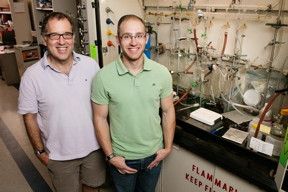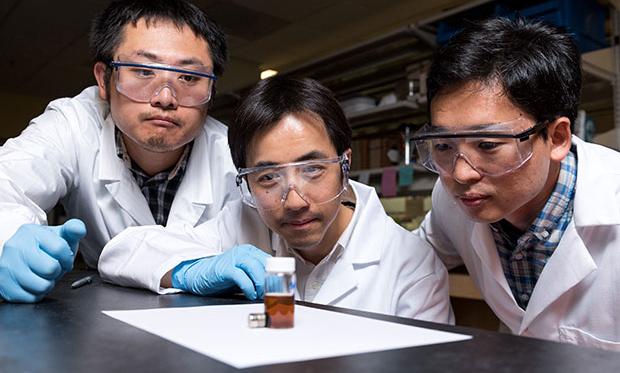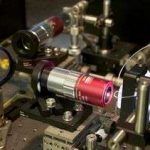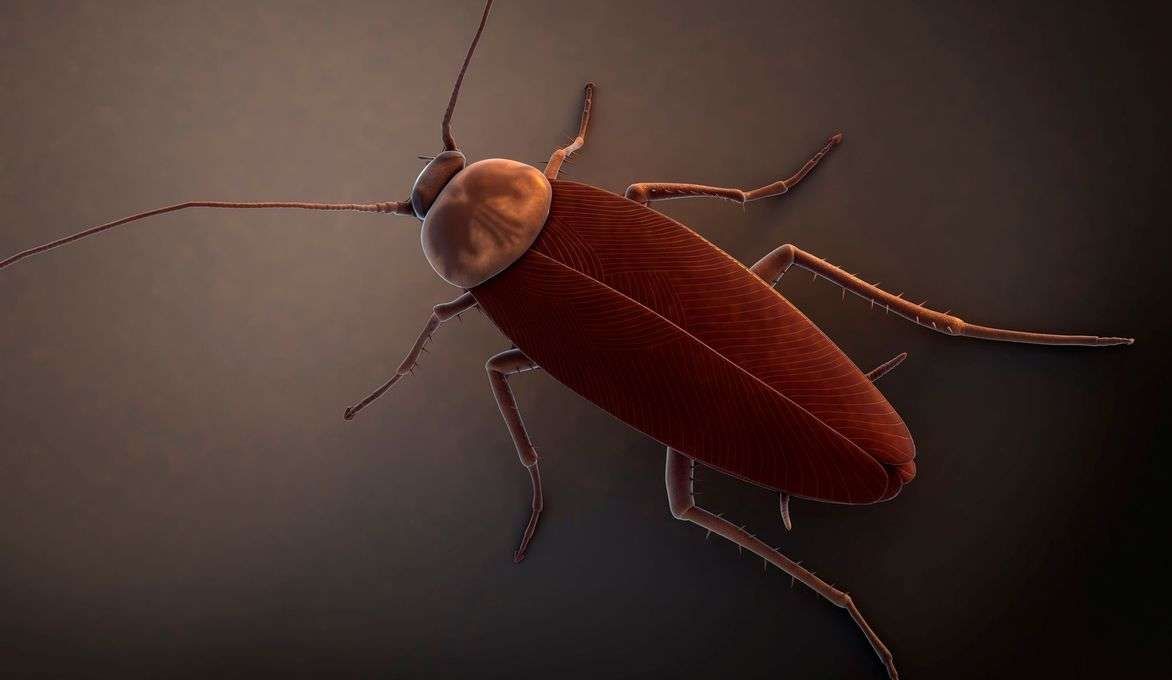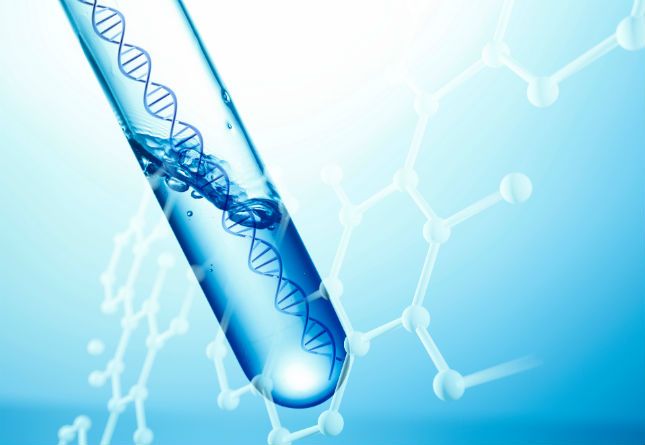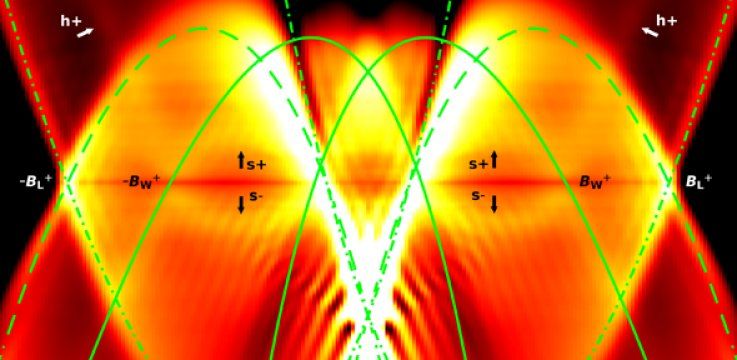Sep 15, 2016
Neurotech symposium features Brain Prize winners
Posted by Karen Hurst in categories: biotech/medical, neuroscience
Sharing for all my Neuro science friends and techie friends — Sept 29th is the Inaugural Cornell Neurotech Mong Family Foundation Symposium. Some of Cornell’s top award winning neuro scientists will be presenting.
Interested in learning how the brain works?
Some of Cornell’s best scientists studying the brain will gather Sept. 29 for the Inaugural Cornell Neurotech Mong Family Foundation Symposium. The symposium features three alumni winners of the 2015 Brain Prize – Winfried Denk, Ph.D. ’89, Karel Svoboda ’88 and David Tank, M.S. ’80, Ph.D. ’83 – as well as award-winning Cornell faculty who will share how they are exploring the brain using the most modern, innovative technologies.
Talks begin at 10 a.m. in Room G10 Biotechnology and conclude at 5 p.m. with a public reception. The symposium is free and the public is invited.
Continue reading “Neurotech symposium features Brain Prize winners” »
